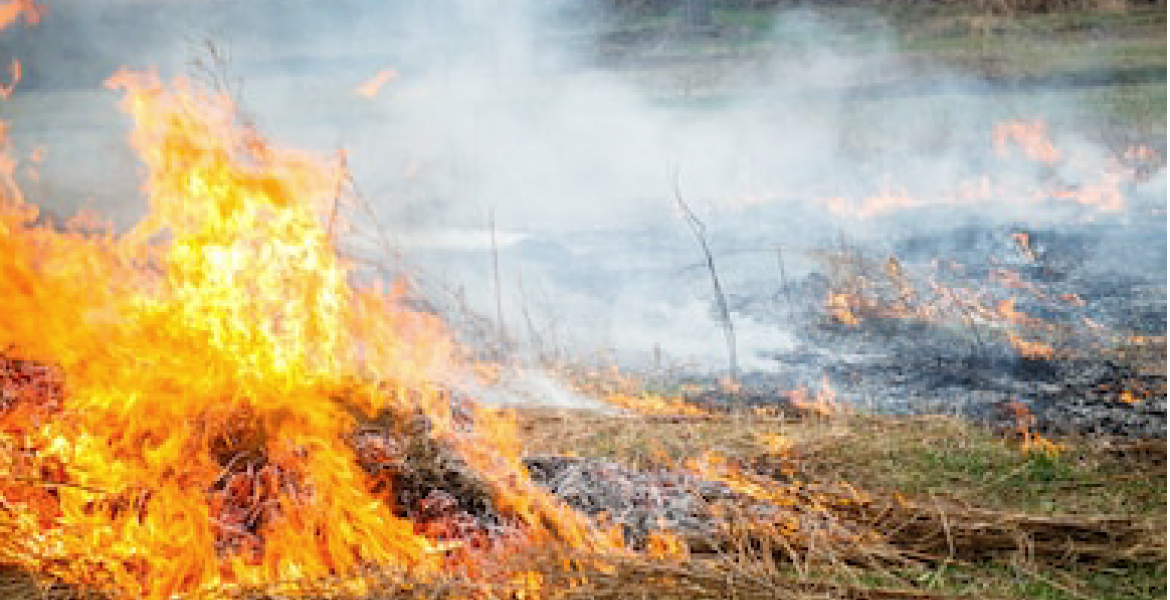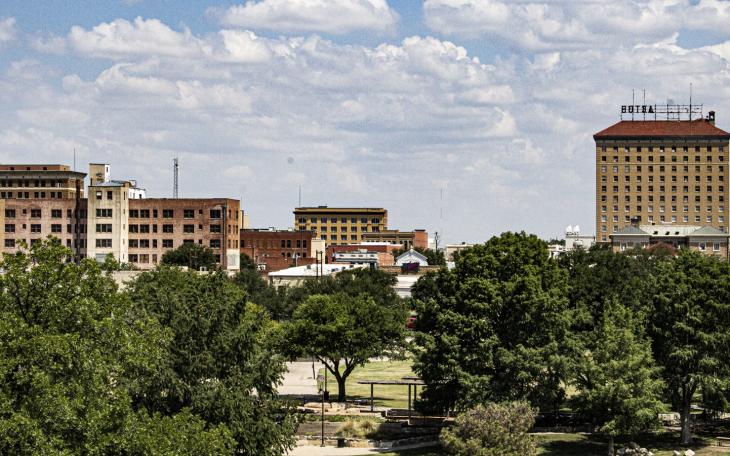Hunting whitetail deer in west Texas ranks right up there with Friday night football, it's a regional tradition.
Except deer season lasts a lot longer. Bow hunting in Texas opened September 30, and the regular gun deer season begins Nov. 4.
San Angeloans should be happy to hear that some of the largest bucks in the state, both antler and weight wise, are harvested each year around San Angelo. Deer from West Texas can’t normally compete with animals from South Texas, but numerous heavy antlered bucks are registered each season from public hunting locations and private ranchland near the city.
I recall a local big buck contest which was conducted a few years ago. San Angeloan Pete Bara took the largest buck that year. His deer registered very high on the Boone and Crockett scoring chart was taken at San Angelo State Park. Number two buck was taken by Marshall Brown, who located his deer on the XQZ Ranch just a few miles north of San Angelo. Local taxidermist J.M. Young scored the bucks.
The 2017-2018 hunt is expected to excellent. Deer will be plentiful and in the good condition, according to Alan Caine deer biologist for the TPWD.
Some might be surprised to hear that Texas has one of the most protracted deer seasons in the nation. Counting extra time allocated for lands under the Managed Lands Deer Permit System (MLDP), it's possible to hunt whitetail deer for four months.
Late season hunting for many carries well into the New Year. Even the regular whitetail season doesn't conclude until January.
Extra time in the field allows hunters to take their time in filling tags and freezers with venison, but with it comes some potentially challenging situations. Weather conditions from start to finish aren't the same and challenge hunting tactics
By being observant, patient and recognizing a few time-tested tendencies of whitetails one can clear all the hurdles created by a long, long season and bring in that late season wall hanger sometime in December or January.
There are numerous advantages of a four-month season in Texas, and one is "additional" deer may be legally harvested. Deer killed through the MLDP program are not tagged from a regular Texas Parks & Wildlife Department issued hunting license.
Permits (tags) for taking deer from managed ranchland, either high or low fenced, are doled out according to recommendations from Texas Parks & Wildlife Department biologists. Deer taken under the plan are tagged with these special permits.
This highly monitored and controlled program is designed to maximize development of quality bucks and to raise healthy herds. The program encourages the harvesting of nonessential does, spikes and selected mature bucks.
A person could legally harvest four or more whitetails, bucks or does, under managed regulations and still fill tags on a state issued license, but they can't be deer from the same ranch.
There is a tendency of many Texas hunters to hold out for that one big buck, but state biologists say that filling the tags on your hunting license will benefit the overall condition of the state's deer held.
Another benefit of taking more than one deer is that you can possibly feed a hungry family if you elect not the use the venison yourself.
Texas Hunters for the Hungry is aiming to place donated venison of the tables of hungry families. For the past 20 years, the organization has provided an estimated 10 million servings of venison to people in need.
State hunters can take their legally harvested deer to a participating meat processor, who will usually process and package the meat for a nominal fee. The organization will locate families in need of food and distribute the venison.
Participating meat processors are on the rise across Texas. Additional data can be obtained by contacting the agency at www.texashuntersforthehungry.org.
Subscribe to the LIVE! Daily
Required






Post a comment to this article here: